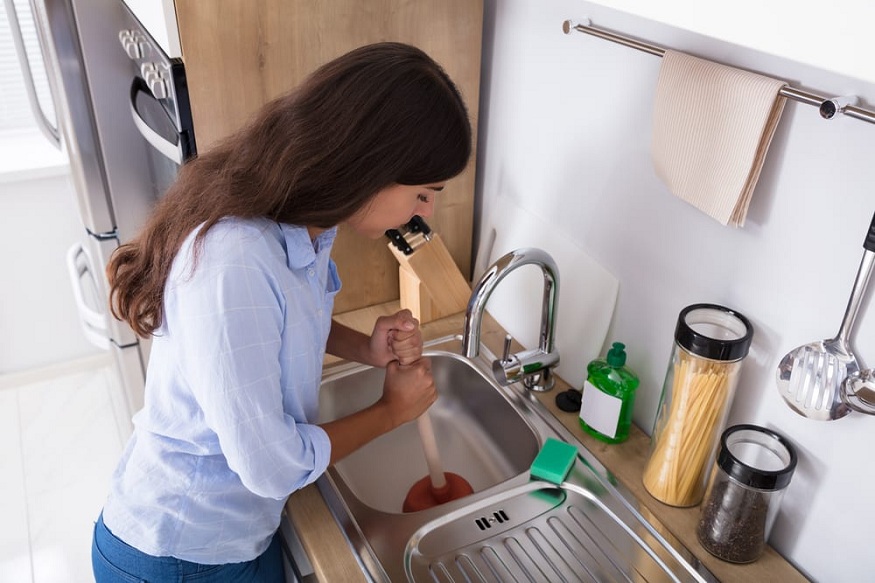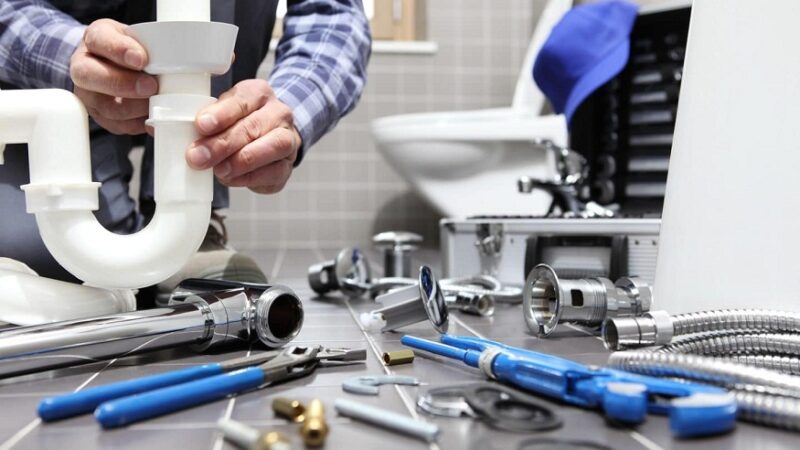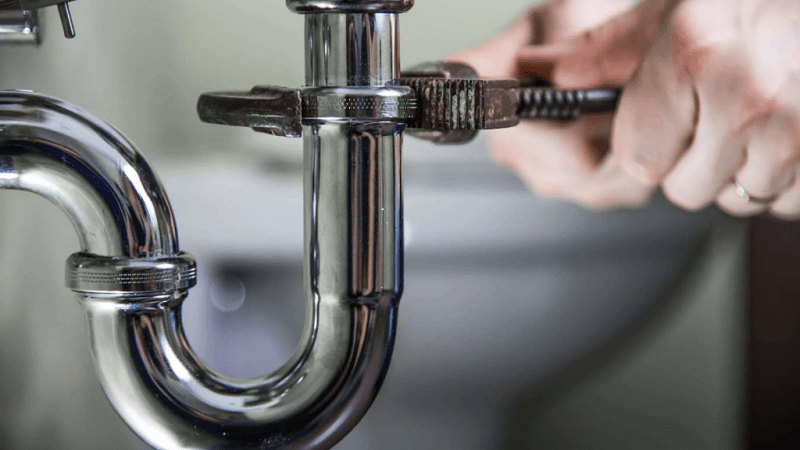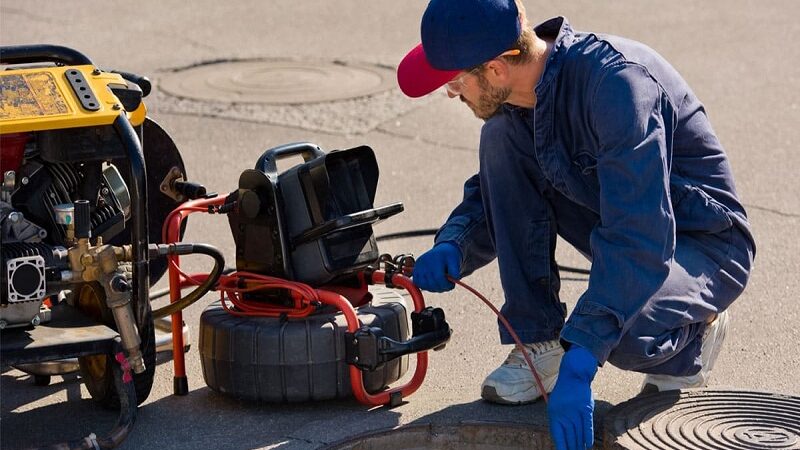Tips for Avoiding Clogs in Your Kitchen Drain

A clogged kitchen drain can be a major inconvenience, causing unpleasant odors, slow draining water, and even costly repairs. The good news is that most clogs can be prevented with a few simple habits and maintenance tips. Here’s how you can keep your kitchen drain running smoothly.
1. Be Mindful of What Goes Down the Drain
The first step in avoiding clogs is knowing what not to put down the drain. Avoid dumping grease, oil, or fat into the sink, as these can solidify and cause blockages over time. Instead, pour them into a container, let them cool, and dispose of them in the trash. Similarly, food scraps, coffee grounds, and eggshells should be thrown into the garbage or composted rather than rinsed down the drain.
2. Use a Drain Strainer
A drain strainer is a simple and inexpensive tool that can save you a lot of trouble. Place it over the drain to catch food particles, small utensils, and other debris that could cause clogs. Make it a habit to empty and clean the strainer regularly to keep it effective.
3. Run Hot Water After Each Use
After washing dishes or using the sink, run hot water for a few seconds. Hot water helps flush out any grease or soap residue that may have started to build up. This simple habit can prevent the gradual accumulation of debris that leads to clogs.
4. Clean Your Drain Regularly
Even with good habits, small amounts of residue can still build up in your drain over time. To keep it clean, you can:
- Pour a mixture of baking soda and vinegar down the drain, let it sit for 15-30 minutes, and then flush it with hot water.
- Use a store-bought enzyme-based drain cleaner (avoid harsh chemical cleaners as they can damage pipes).
- Run boiling water down the drain once a week to break down minor buildup.
5. Avoid Overloading the Garbage Disposal
If your sink has a garbage disposal, use it properly. Avoid putting fibrous foods like celery, onion skins, or potato peels into the disposal, as they can tangle or clog the blades. Cut larger scraps into smaller pieces, and always run cold water while using the disposal to help wash down the debris.
6. Install a Grease Trap if Needed
For households that frequently cook with oil or grease, installing a grease trap can be a worthwhile investment. A grease trap captures grease before it enters your plumbing system, reducing the risk of clogs.
7. Know the Warning Signs
Pay attention to early warning signs of a clog, such as slow draining water, gurgling noises, or unpleasant odors. Addressing these issues early can prevent a full-blown clog. If necessary, use a plunger or a plumber’s snake to clear minor blockages.
Conclusion
Keeping your kitchen drain clog-free doesn’t have to be difficult. By following these simple tips for kitchen plumbing repair San Antonio, TX so that you can avoid the hassle and expense of dealing with blockages. A little prevention goes a long way in maintaining a smooth-running kitchen sink!






